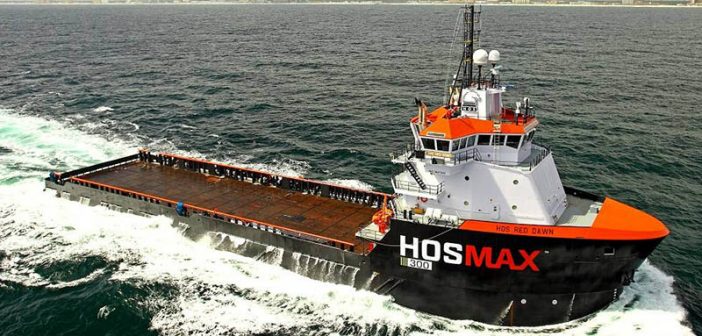All maritime ventures suffer from the twin burdens of high risk and high cost, and the offshore service vessel industry suffers not the least in this respect, given the demands placed on OSVs by oil companies and the challenges their owners face in today’s regulatory environment.
And like all parts of the offshore energy industry, workboat owners know that every boom is followed by a bust — almost directly linked to the world’s supply of and demand for petroleum. Thus, any investment in the business, especially for expansion, must be weighed carefully against the market’s foreseeable future.
There’s no question that the past two years have been difficult ones for OSV operators, especially in the U.S. Gulf. WorkBoat energy writer and blogger, Jim Redden, wrote in a November 2020 blog “Distressed Gulf of Mexico looks to mid-2021,” that 2020 was “a chaotic year that saw budgets slashed, projects deferred, more bankruptcies, and offshore service vessels sidelined at its highest clip in two years.”
But what a difference a year makes. With oil prices soaring and predicted to remain high, and in a world eager to recover from the Covid-19 pandemic, OSV operators now have reason for guarded optimism and renewed investment.
In addition to the ongoing spike in oil prices, a recovering world economy has sent shipping rates through the roof while residential and commercial construction starts are approaching all-time highs. All of this points to increasing demand for oil. This financial incentive, coupled with quantum leaps in drilling technology and new discoveries in previously untapped fields like the waters of Guyana and Suriname, mean that OSV operators can feel more comfortable about the investments in new technology and new vessels that will keep them competitive into the future. And this is in addition to the continued need for workboats in the maintenance, repair, and upgrades to existing installations and pipelines, especially in mature fields.
These investments will be considerable: a new DP-2 far-offshore workboat can cost upwards of $20 million, and the cost of basing vessels in faraway and sometimes primitive ports must be considered as well. But the future of oil’s role in the world is secure: to date, no source of energy has come close to equaling its caloric output, portability, and versatility as a fuel and as a chemical and manufacturing feedstock.
In spite of the current infatuation with wind farms, they are, at best, problematic: bird deaths, the cost to build and install (ironically, fossil fuels have so far provided most of their structural components), their relatively short life span, and the negative visual impact on their natural surroundings. Solar panels also suffer from some of the same problems, such as requiring exotic components and only producing significant power in strong, direct sunlight, something many regions of the world do not experience.
Although nuclear energy still offers the brightest hope for independence from fossil fuels, its checkered history, the issue of contribution to global warming from its cooling waters, and the thorny question of how to store spent fuel rods safely and in perpetuity, all mean that public opinion will remain split on their use. And even when (or if) they become acceptable enough to take up the burden of the world’s electrical power grids, oil will still be needed for all the other purposes to which the modern world has put it.
Happily, it does not appear that we will run out of oil any time soon. Contrary to the fears of the last century, new discoveries like those on the north coast of South America and new drilling technologies seem to guarantee an adequate supply of black gold into the foreseeable future, at whatever cost necessary.
So, for OSV operators still struggling with the recent industry downturn, the future may be so bright they’ll have to wear shades.
Capt. Max Hardberger is a maritime attorney, consultant, and correspondent and blogger for WorkBoat.



